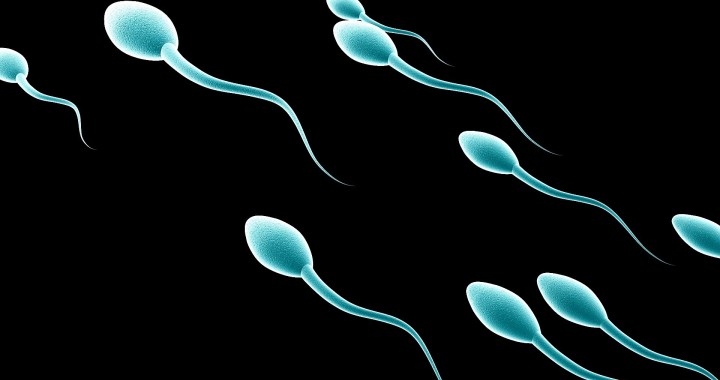Scientists at the University of York have shown that a sperm tail utilises interconnected elastic springs to transmit mechanical information to distant parts of the tail, helping it to bend and ultimately swim towards an egg.
Previous studies, from approximately 50 years ago, showed that the sperm tail, or flagellum, was made up of a complex system of filaments, connected by elastic springs resembling a cylinder-like structure. For many years scientists believed that this system provided the sperm tail with a scaffold, allowing it to swim in a hostile environment towards an egg.
New research at the University of York, however, has shown through a mathematical model that this system is not only needed to maintain the structure of the tail, but it is also vital to how it transmits information to very distant parts of the tail, allowing it to bend and move in its own unique way.
Dr Hermes Gadêlha, mathematical biologist at the University's Department of Mathematics, said: "Sperm flagella with this sort of internal structure can be seen in almost all forms of life.
Interestingly, although the sperm tail has an internal structure that is conserved across most species - animal and human - they all create slightly different movements in order to reach an egg.
Dr Gadêlha and collaborators had previously developed a mathematical formula for the way in which sperm move rhythmically through fluid, creating distinct fluid patterns, but scientists now needed to understand what was going on inside the sperm tail that allowed them to move in this way.
To understand the structure of the tail, scientists examined how different parts of the tail bent by moving the tail of a dead sperm.
Surprisingly a movement that started near the head of the sperm, resulted in an opposite-direction bend at the tip of the tail, called the 'counterbend phenomenon', suggesting that mechanical information is transmitted along the interconnected elastic bands in order to create movement along the full length of the tail.
Dr Gadêlha calculated these bending movements to form a mathematical model that would help hypothesise the triggers needed within the tail to make these distinct movements.
